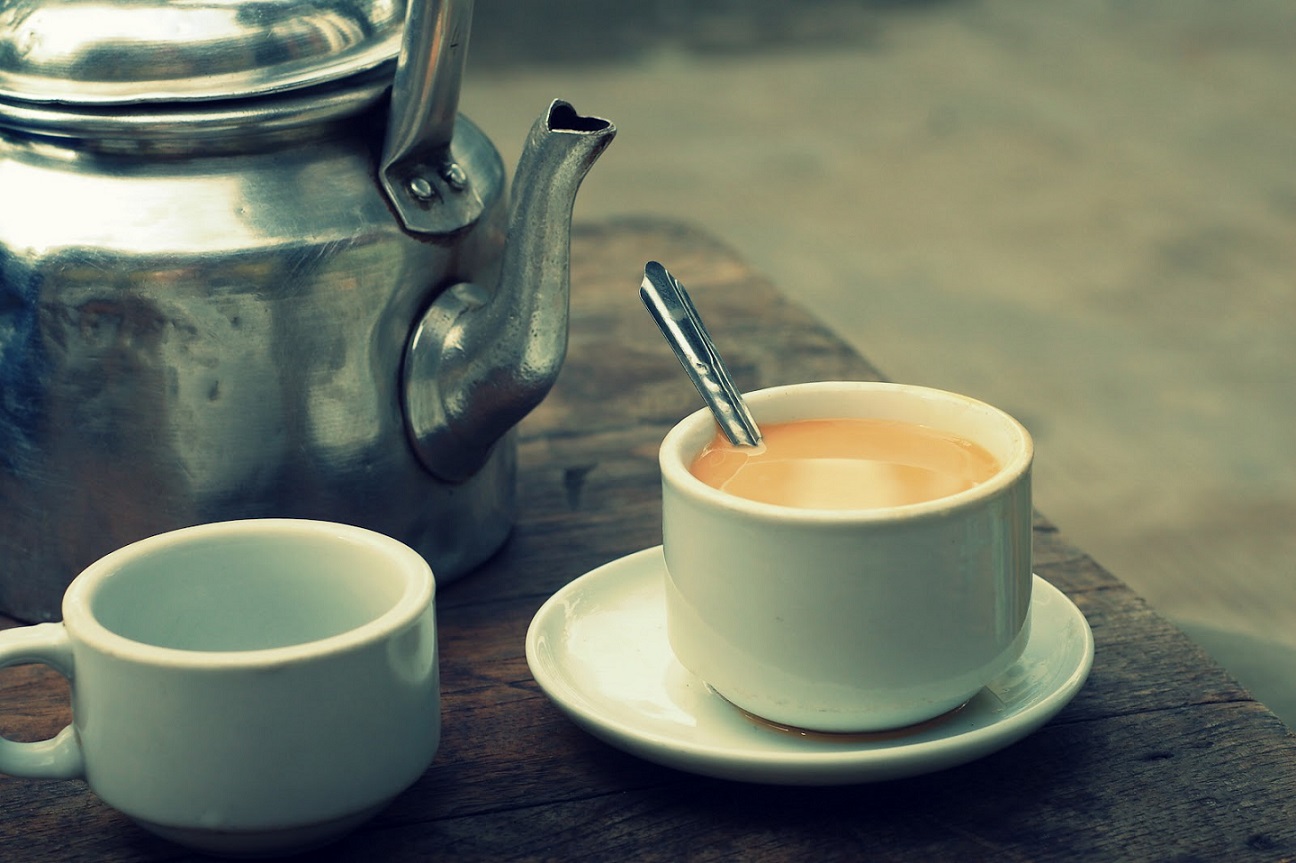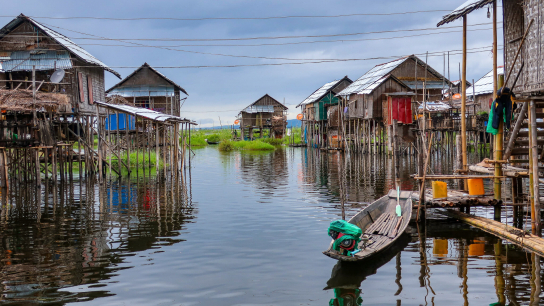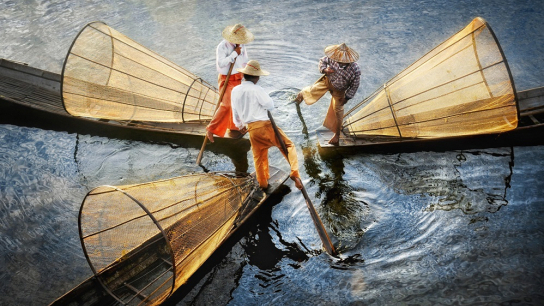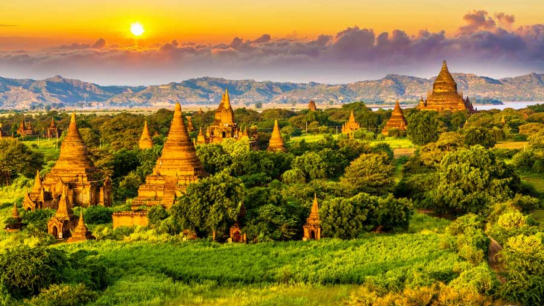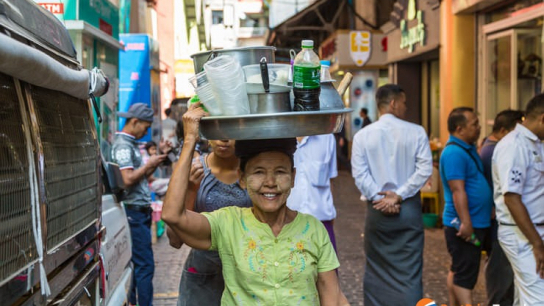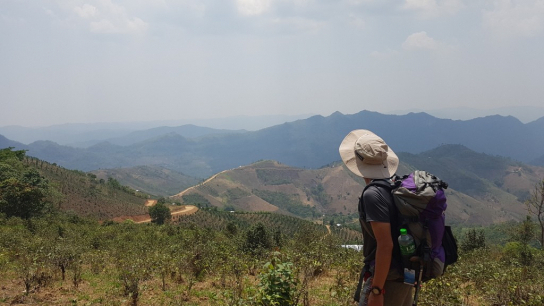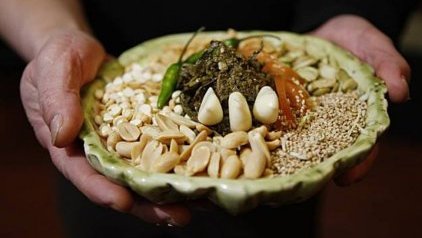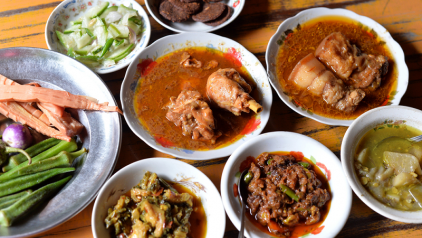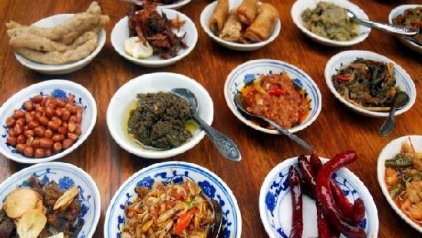Burmese Tea: Aromatic Brews Of Myanmar
Tea is a part of Myanmar's culture and important in daily life. Myanmar is one of the countries that cultivate best tea in the world.
If you ever go to Myanmar, one of the first things that you'll notice that every town, and usually every block in every town has a tea shop at it.
Tea is a part of Myanmar culture and important in daily life. Myanmar is one of the countries that cultivate best tea in the world. Most of the Myanmar people enjoy a cup of tea for their morning breakfast. Tea shop will be full with many visitors, lively and noisy in the morning. Of course, for most people who are crammed in a small house with every other member of their family, tea shop is not only to have a cup of tea but also a place to gather outside of home and chat or just hang out.
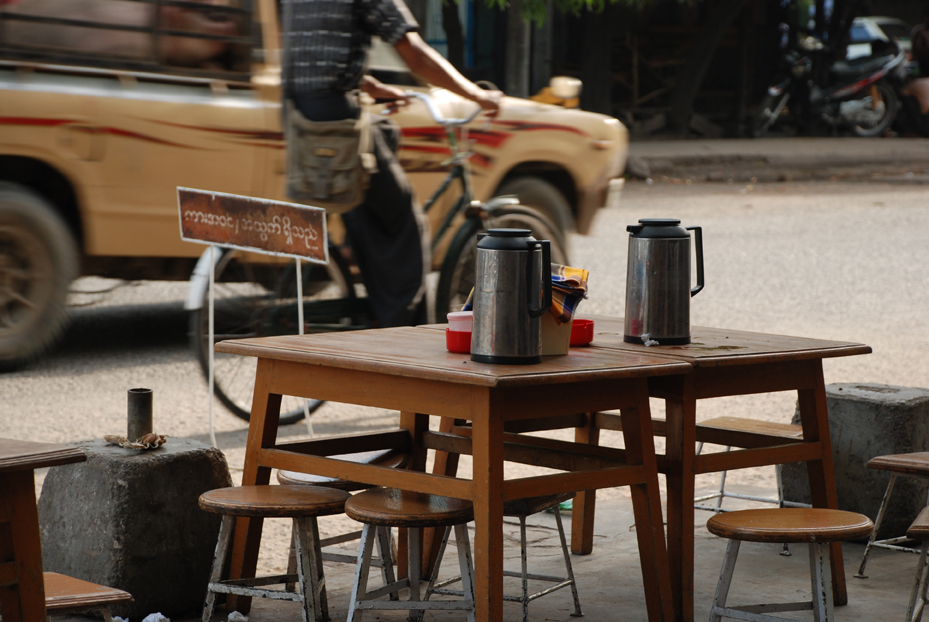
At a Burmese Tea Shop in Myanmar
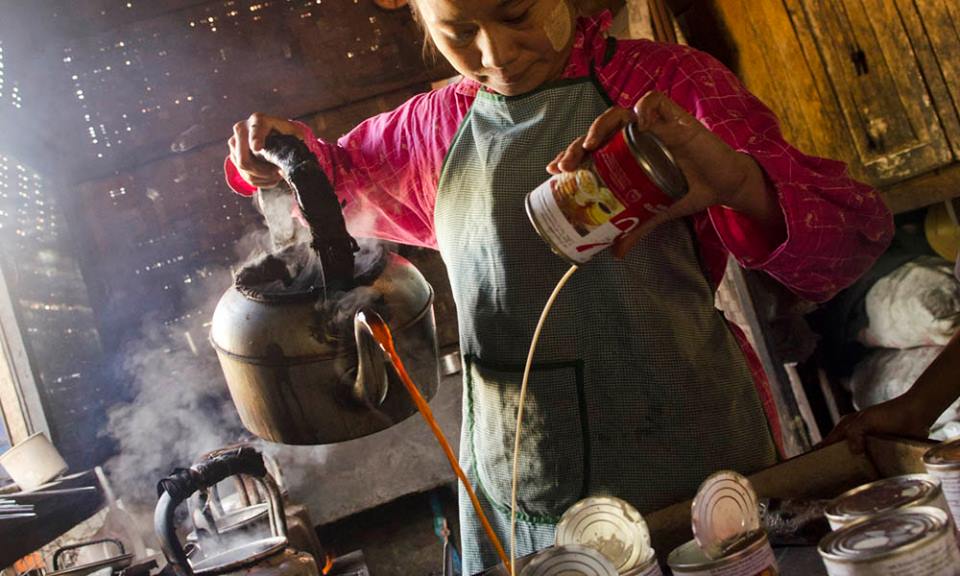
Making sweet milk tea
A cup of heaven
Myanmar is one of very few countries where tea is eaten as well as drunk. There’s a saying in the country that awkwardly translates to this: If it’s meat, it’s pork; if it’s fruit, it’s mango; if it’s leaves, it’s tea. This saying probably relates to "laphet", Burmese pickled tea eaten straight or mixed into a salad. Its pickled tea is unique in the region, and is not only regarded as the national delicacy but plays a significant role in Burmese society. In the West, “laphet thoke” is most commonly encountered in tea leaf salad. Laphet is a national tradition and all special occasions such as festivals and weddings will include it.
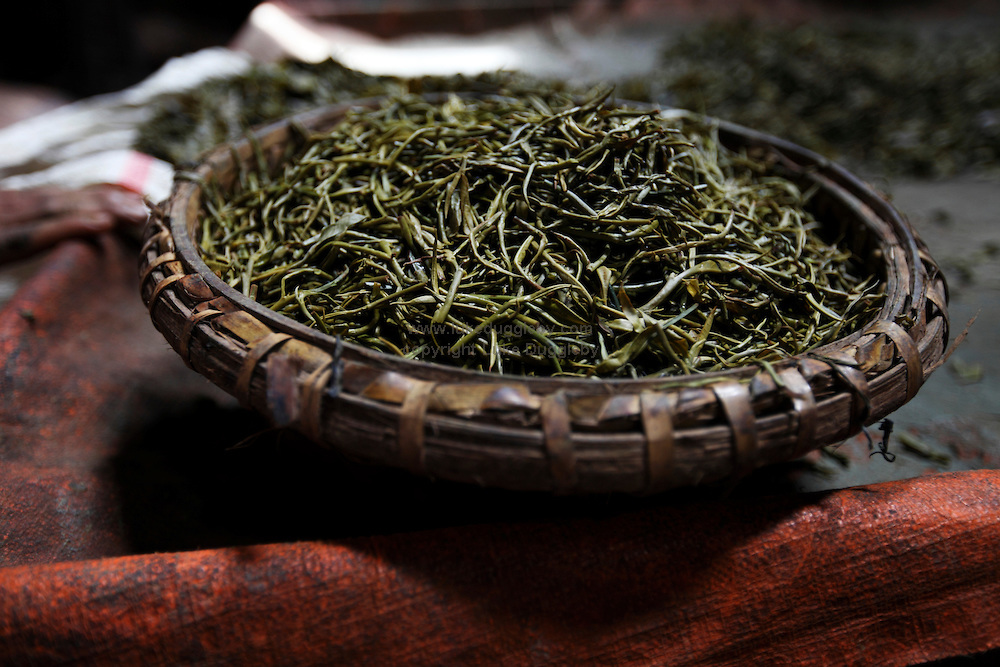
Pickled tea - Ingredient for the Tea Leaf Salad "Laphet"
Several varieties are grown in the country, including well-known teas such as green tea, oolong and scented varieties. Tea in Myanmar is grown mainly on the Shan plateau in Shan state, which is home to the most diverse number of ethnic races in all of Myanmar. The region boasts a cool, favorable climate that is ideal for tea production.
Lahpet is so important to the culture that when tea leaves are harvested, the best of the crop is set aside for fermenting, while the rest is dried and processed for drinking tea. The freshly harvested tea leaves are briefly steamed, then packed into bamboo vats and set in pits, pressed by heavy weights to encourage fermentation. Packages of prepared “laphet thoke” ingredients are readily sold in Myanmar. Finding fermented tea leaves outside Myanmar and northern Thailand, however, isn’t very easy. The other option is to try fermenting the leaves yourself.
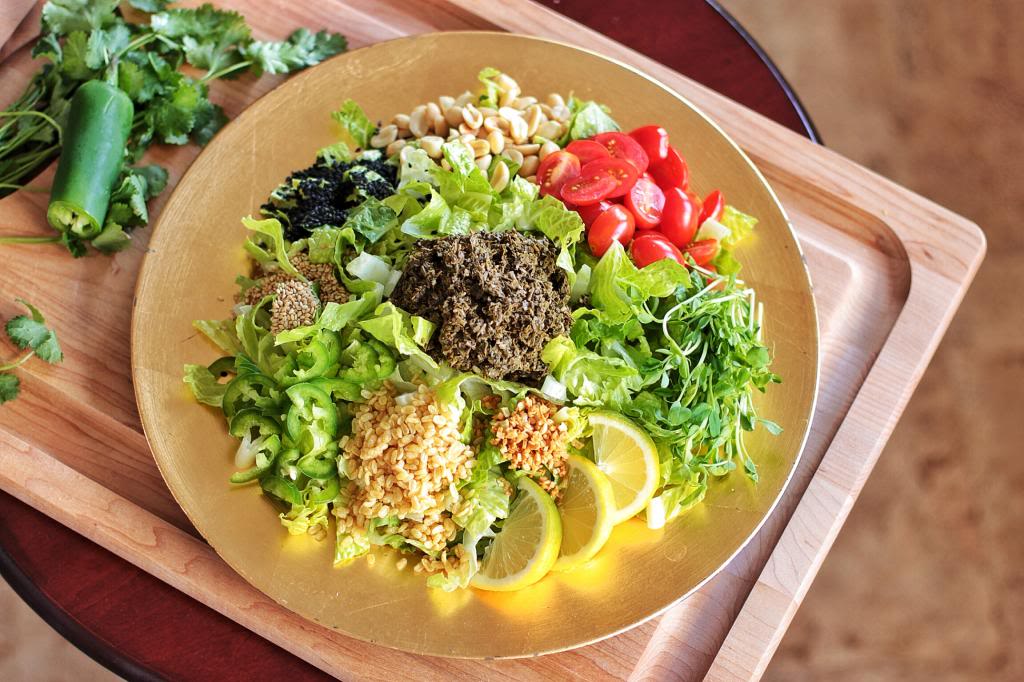
Laphet - Tea leaf salad
People of all ages and backgrounds enjoy this tea. Boiling laphet tea is a daily morning routine in most Burmese households and guests can expect to be served a cup while visiting.
While nowadays the salad is typically served as a final course at the end of a meal, historically lahpet was an ancient symbolic peace offering that was exchanged and consumed after settling a dispute between warring kingdoms. Letting each person customize his or her salad toppings, sounds like a perfectly democratic way to stop an argument! That way everyone is at least somewhat satisfied in the end.
Ha Trang
Image sources: Internet
